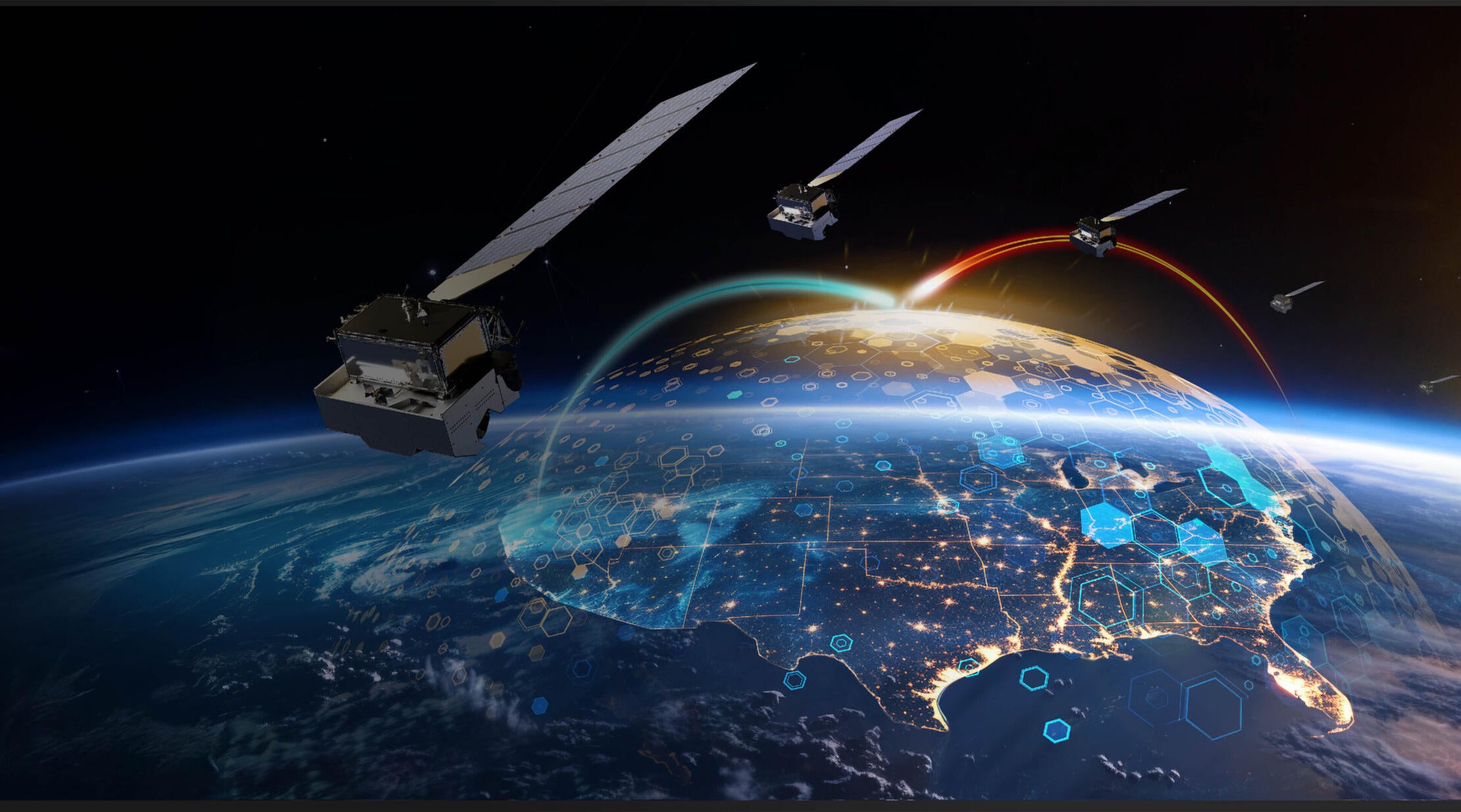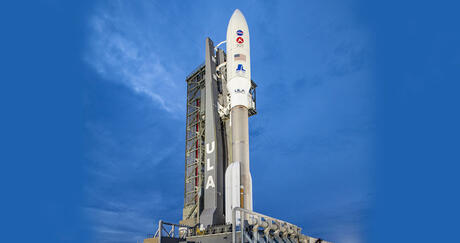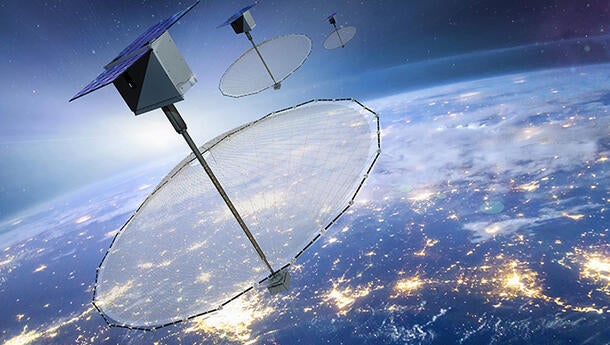Overview
For six decades, L3Harris' RL10 engine has played a vital role in placing hundreds of military, government and commercial spacecraft into Earth’s orbit and beyond. The engine has helped send spacecraft to explore every planet in our solar system, including Voyager 1 and Voyager 2, the first two spacecraft to reach interstellar space.
Today, multiple RL10 variants carry the engine’s legacy forward as the launch industry’s “workhorse,” powering the upper stages of United Launch Alliance’s (ULA) Atlas V and Delta IV Heavy rockets. Two RL10 engines power the upper stage of ULA’s new Vulcan Centaur rocket.
RL10 engines also help power NASA’s Space Launch System (SLS) rocket, designed to carry astronauts to deep-space destinations aboard the Orion exploration spacecraft. A single RL10 powered the Interim Cryogenic Propulsion Stage on Artemis I, an uncrewed test flight of SLS and Orion. Four RL10 engines will support the more powerful Exploration Upper Stage that is being developed for future versions of SLS.
L3Harris has developed and is working to qualify a modern version of the engine known as the RL10C-X that includes major components built using 3D printing technology. Incorporating 3D printing into the manufacturing process will reduce lead times and cost while maintaining the outstanding performance and reliability customers have come to expect.























